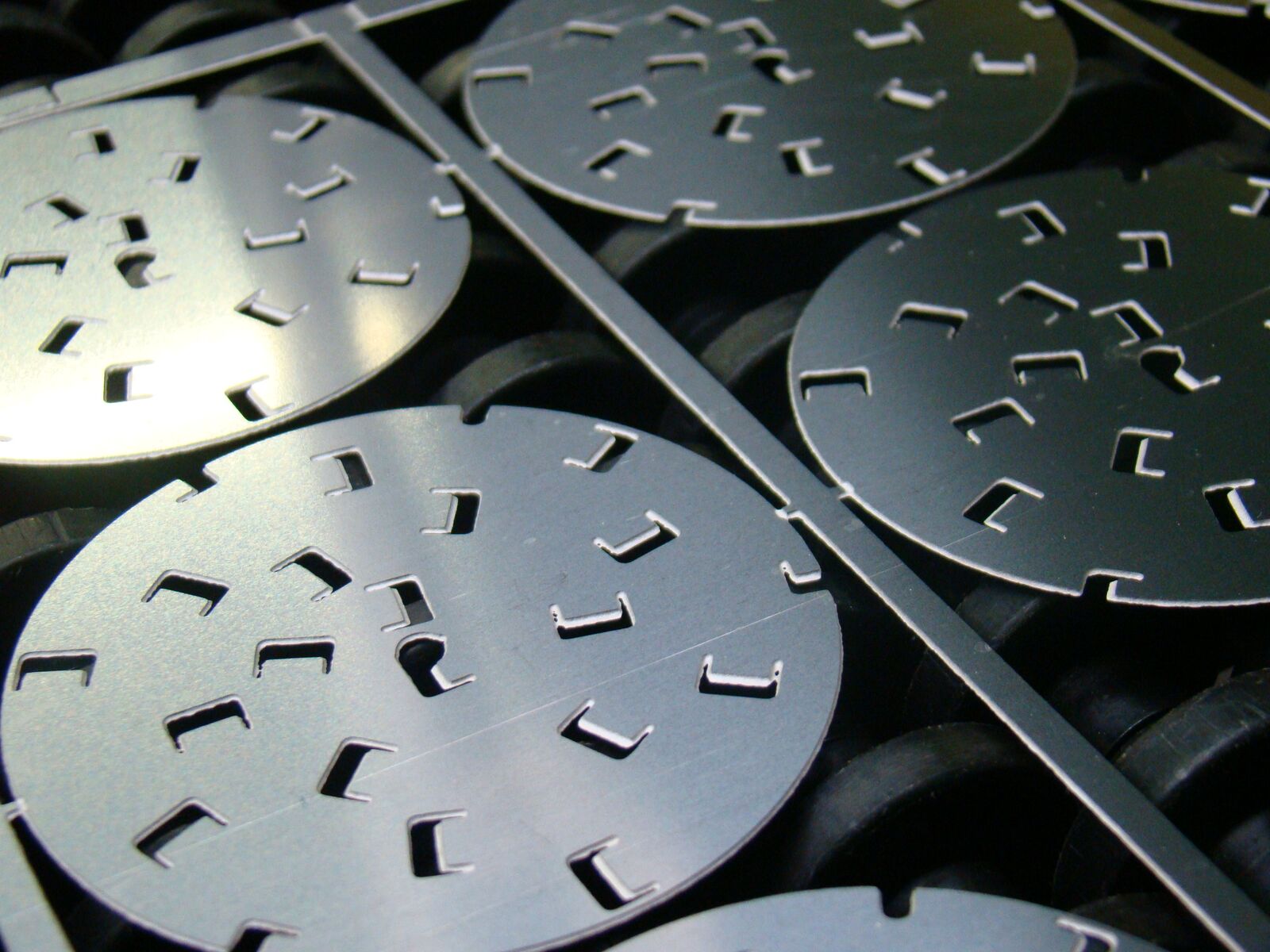
Chemical etching can play an important role in metal part fabrication. Lead times allow for more flexibility; tighter tolerances can be achieved; scalable volumes are made possible.
This combination of benefits creates new opportunities for innovative industries. Not only can they improve the quality of their products, but they can also gain the momentum they need to be on the cutting-edge of development in their respective markets.
Here’s a look at four industries that can use chemical etching to their advantage.
Industries that Can Benefit from Chemical Etching
Automotive
It’s no secret that today’s vehicles have more functionality than ever before. With these innovative features comes the need for tighter tolerance and more complex parts.
Where conventional methods struggle to achieve this end result, chemical etching proves to be an effective option. Automotive manufacturers have the design flexibility to create thin, intricate parts that are a precise fit for their applications.
While the list of parts has included filters and screens, springs and diffusers, the growth of electric and hybrid vehicles is introducing new technologies that require shielding and conductive components. The chemical etching process can be beneficial to ensuring suitable EMI shielding in these vehicles — an element that is significant to their proper function.
Aerospace
The aerospace industry operates under strict guidelines. In an effort to ensure safety, manufactured parts need to function in a range of extreme environments and withstand a variety of forces.
With its high level of precision, chemical etching provides the means to satisfy these requirements. The repeatable and scalable nature of the process ensures every part — whether it’s a spring or foil circuit — is made with the same level of quality and care.
This gives aerospace organizations confidence that every complex part they bring to the market meets industry standards and functions properly.
Medical
Medical equipment has always leveraged small and intricate parts. And with the shift toward medical wearable devices, the request for smaller and more intricate components is on the rise.
Incorporating chemical etching into the manufacturing process helps resolve this need. Thin materials can be produced in a variety of designs without introducing any added stress or burrs to parts.
In addition to these small parts, chemical etching also presents opportunities to improve the design of medical wearable sensors. Shielding and conductors are just two examples that fall under this umbrella.
Military
Unmanned aerial vehicles (UAVs) are a high priority for the military. In fact, a recent study estimated that the U.S. Department of Defense (DoD) will spend $6.97 billion on drone technology this year.
As the military invests in these technologies, quality and safety are at the forefront of their mind. This raises the question of which manufacturing processes can deliver the optimal drone parts.
Chemical etching fits this need. From the smallest components to complete skins, this manufacturing approach gives way to complex patterns and shapes that can be carried from concept to prototype to production.
The value of chemical etching is clear across a wide range of industries. Here at Switzer, we leverage this cutting-edge technology to produce high precision parts that meet our customers’ needs. Contact us to learn more about how we can help with your design project.
.png)

